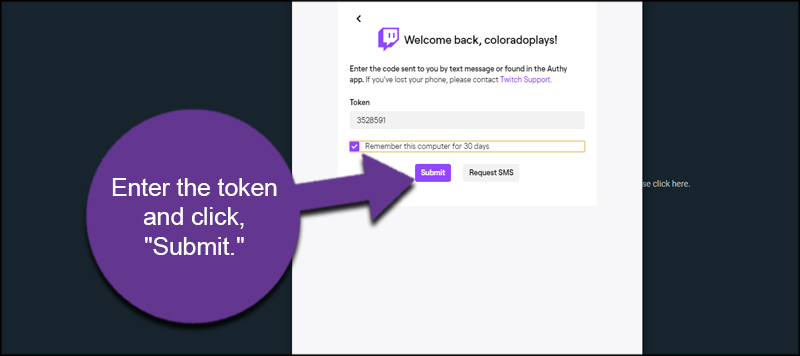
Most streamers can leave this set to HIGH and be fine. The Profile setting determines how much CPU is used. Try both and see which one works best for your rig’s capabilities. If you using a beefier gaming / streaming rig, Max Quality looks quite a bit better but at a cost of a heavier load on GPU.

By default, try using the setting Quality for a good balance between a good looking stream that performs well. Preset sets the quality / performance ratio for the encoder.

Twitch requires a Keyframe Interval of 2 seconds. Note: Review this article for help in determining what your Internet’s upload speed is capable of handling. This means a total Internet upload speed of 7500 kbps is needed to stream at 6000 kbps. In general, bitrate should never be set higher than 80% of total upload speed. Setting bitrate to the max at 6000 kbps is optimum if Internet upload speed can handle it. Twitch has a cap of 6000 kbps for bitrate. Bitrateīitrate is the bandwidth OBS will use to send data to the Twitch ingest servers. So, for live streaming CBR usually yields the best results. However, for live streaming, this variability can cause stutters and buffering. For recording video, VBR works best as it uses more power to adjust the bit rate for higher quality. CBR = Constant Bit Rate and VBR = Variable Bit Rate. Rate control determines the type of bitrate a stream well send to Twitch. However, if you are wanting to stream above 6K (not recommended), uncheck this box. Note: “ Enforce streaming service encoder settings” set to CHECKED is important to keep your stream from creeping too far above the 6K, recommended Twitch cap. Generally, This article will concentrate on GPU encoding – Nvidia NVENC H.264(new).

For the sake of information – x264 uses the CPU to render and encode video and NVENC H.264 uses the GPU to encode video. There are two, primary types of encoder available to most streamers in OBS. Encoder is the encoding engine used to render and encode video to be output a stream.


 0 kommentar(er)
0 kommentar(er)
